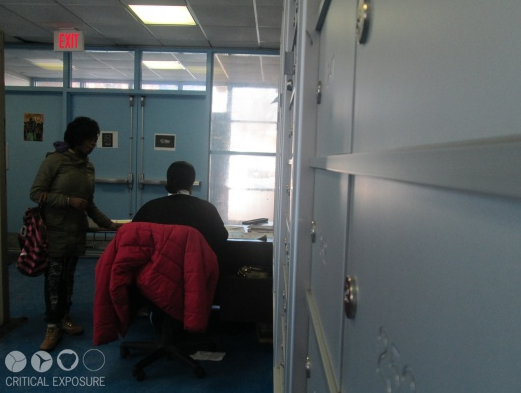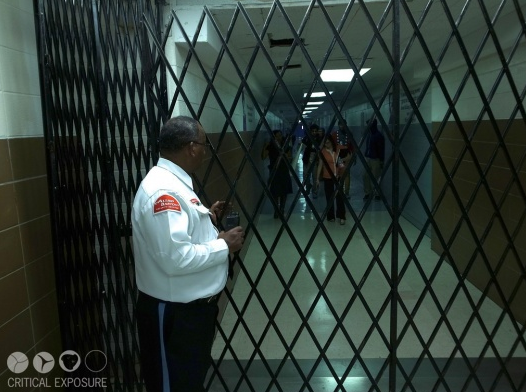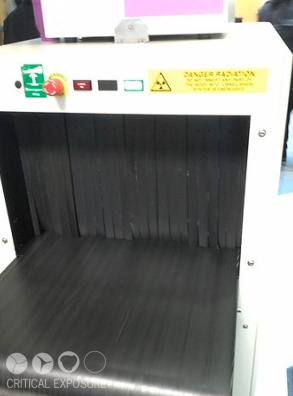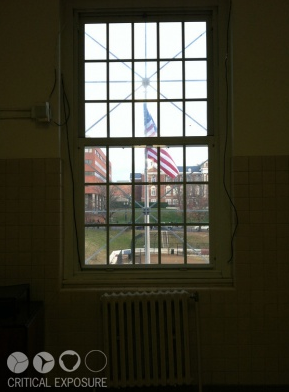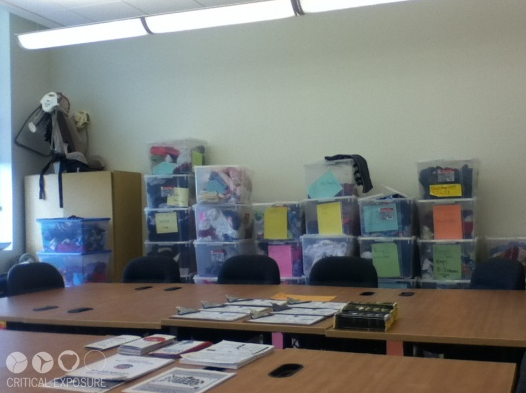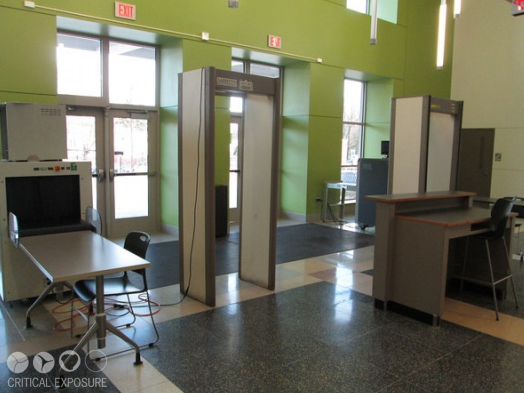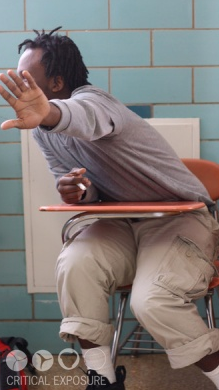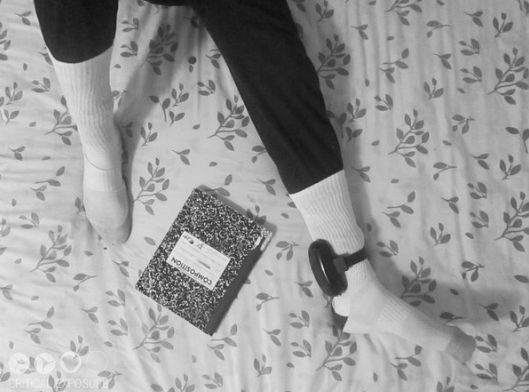Hillary Clinton made headlines for her frank speech about mass incarceration on Wednesday, but did her lofty words completely bypass the real issue at hand?
According to University of California-Riverside ethnic studies professor Dylan Rodríguez, Clinton's speech was problematic starting from her word choice and terminology. In a conversation with HuffPost Live on Thursday, Rodríguez explained why he finds the phrase "mass incarceration" "entirely useless" altogether.
"It's not mass incarceration. Until ... 70 percent of the people incarcerated [are] white, it's not mass incarceration," he told host Marc Lamont Hill. "It's selective, it's targeted, it's structured in race, class, gender and so forth. It is not mass incarceration. We've got to stop saying that."
As Rodríguez explained, the phrase obscures the stark racial disparities among the demographics of inmates. According to the Prison Policy Initiative, African Americans comprise 13 percent of the American population but account for 40 percent of the prison population, while whites make up 64 percent of the overall population and just 39 percent of prisoners.
Rodríguez suggested that the use of the term "mass incarceration" in political circles actually does a disservice to the overall momentum for prison reform. He said:
On the one hand, you see this so-called ideological spectrum across the conservative left and the conservative right agreeing on the need for reform. And [on] the other hand, this entire consensus still agrees that you need to lock up black and brown thugs and that's the fundamental problem. ... You can do all the reform you want, to the extent that you don't actually have a real conversation about the forces of policing and criminalization as historical forces that have mounted over the last forty years and have intensified to the point where in some places in this country it's like undeclared martial law. That's what we need to understand.
While Rodríguez has not yet decided on a better, more precise term for the overrepresentation of people of color in prison, he hopes to create an open dialogue about the issue.
"I don't know what phrase to use yet, but we need to open up a discussion about how that phrase is actually inaccurate and it obscures our politics, it obscures our policy and it creates false consensus when there really ought not be any," he said.
Watch the full HuffPost Live conversation about mass incarceration here.
Sign up here for Live Today, HuffPost Live's new morning email that will let you know the newsmakers, celebrities and politicians joining us that day and give you the best clips from the day before!
Before You Go
